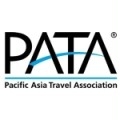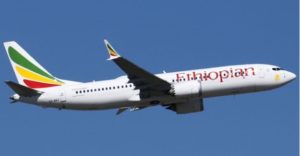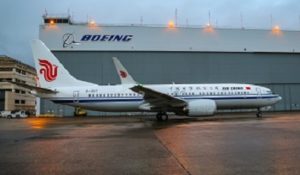ASEAN air liberalisation: Is it really ready for take-off?

Bangkok & Sydney — If ASEAN nations of Southeast Asia had fully implemented air liberalisation over the last 15 years, the growth in aviation would have been greater and the economic benefits even more widely distributed.
That is the argument put forward in a new joint report by MyTravelResearch.com and the Pacific Asia Travel Association (PATA), entitled, “ASEAN Tourism and Air Liberalisation – Really Ready for Take-Off?”
The report shows that, if uninhibited, low cost carrier (LCC) networks expand rapidly and create “new markets, new destinations and new economies”. This has been seen clearly in Germany, Spain, and the USA – but only to a degree in the ASEAN countries of Southeast Asia, despite the region being a new tourism hotspot.
The authors, Carolyn Childs of MyTravelReserach.com and Chris Flynn of PATA, show that there was rapid growth in ASEAN’s LCC network after 2004 when AirAsia started to take advantage of partial deregulation. However, that growth was largely driven by “growing economies and an expanding middle class.”
Europe’s LCC networks, by comparison, with almost complete deregulation grew at a similar pace – despite having stagnant or slow moving economies and a static middle class. “Liberalisation not only meets the needs of the middle class – it fuels it,” says the report.
The authors argue that if ASEAN creates a truly single aviation market the benefits will flow far beyond tourism.
In USA and Europe, LCC networks today are used extensively by small and medium-sized enterprise (SME) business travellers and women. Both groups would take to the air more in ASEAN countries if there were robust deregulation in the region.
The authors argue: “It is now time to begin simplifying the processes that are providing burdensome in the successful implementation of the ASEAN single aviation market plan.”
Policy makers in ASEAN who are seeking to create an integrated economic community by the end of 2015 should learn from successful case studies, they say.
“By learning from other successful deregulated markets and the processes put in place to ensure the implementation dates [for liberalisation] are met, ASEAN has the potential to massively expand its economic growth potential sooner rather than later,” says the report released by PATA headquarter.
Feb. 4 , 2014














